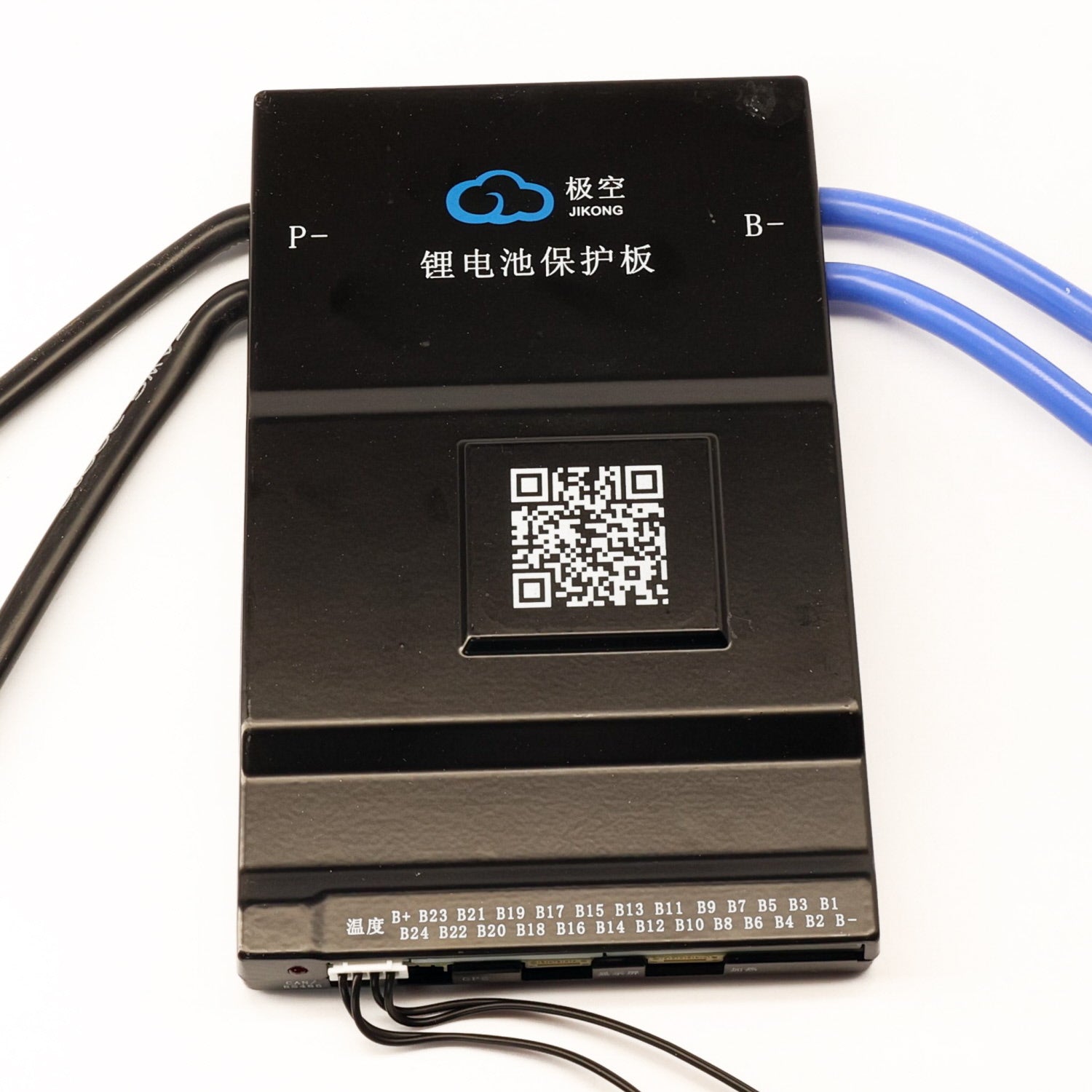To be honest, I am only looking for an added protection with the mosfets because you suggested it. Although obviously added protection especially for a dummy like me is better, it is also something else for me to screw up in design or break down once in use.
I honestly feel comfortable with only the two ssr design in which one single I/O pin is used to trigger one or the other of the relays (12 or 24v reduced to 12v). Assuming there is nothing holding charge in the ssr, I think it would be relatively safe. I assume it would be relatively rare for one or both ssr’s get stuck in the on or off position. In the event this happens, you either get no power or a 12v source would be supplying a 12v source. Obviously not good, but as I think you said earlier probably no “boom” just agonizing death for one or both batteries…..$$$$.
I have a project that has been running well over a year with a fortek ssr (“puck” style). It too is running off of a wemos d1 mini (esp8226). I guess I’m just comfortable with them, but it sounds as if I need to familiarize myself with the esp32. The fortek ssr in this case is switching an ac load. These forteks get a bad wrap for there being so many counterfeits out there, but I’ve had good success. I am thinking of going with two of these (obviously high amp dc versions). Now to the issue:
In the project described above, I had to connect the 5v pin from the wemos (receiving power from usb cable) to the signal side of the SSR. To “switch” the SSR, I had to have my I/O sink to LOW to switch the SSR. The reason for this I assume was the 3.3v esp board didn’t supply enough voltage to switch the SSR. By supplying the 5v from the cable and the ground from the wemos I/O pin this allowed the switching.
In order to have one pin switch two different SSR’s, I would need to be able to use both the LOW and HIGH side logic. Not sure the esp board will be capable of providing this on its own. Obviously, I can add a transistor or something to ensure the switching, but because I am wanting the timing to be simultaneous, I assume I would need to use the transistor for both the HIGH and LOW logic if the esp board is unable to switch with its 3.3v and current limits?
Am I missing something, is there an easier way?
THANKS!!
I honestly feel comfortable with only the two ssr design in which one single I/O pin is used to trigger one or the other of the relays (12 or 24v reduced to 12v). Assuming there is nothing holding charge in the ssr, I think it would be relatively safe. I assume it would be relatively rare for one or both ssr’s get stuck in the on or off position. In the event this happens, you either get no power or a 12v source would be supplying a 12v source. Obviously not good, but as I think you said earlier probably no “boom” just agonizing death for one or both batteries…..$$$$.
I have a project that has been running well over a year with a fortek ssr (“puck” style). It too is running off of a wemos d1 mini (esp8226). I guess I’m just comfortable with them, but it sounds as if I need to familiarize myself with the esp32. The fortek ssr in this case is switching an ac load. These forteks get a bad wrap for there being so many counterfeits out there, but I’ve had good success. I am thinking of going with two of these (obviously high amp dc versions). Now to the issue:
In the project described above, I had to connect the 5v pin from the wemos (receiving power from usb cable) to the signal side of the SSR. To “switch” the SSR, I had to have my I/O sink to LOW to switch the SSR. The reason for this I assume was the 3.3v esp board didn’t supply enough voltage to switch the SSR. By supplying the 5v from the cable and the ground from the wemos I/O pin this allowed the switching.
In order to have one pin switch two different SSR’s, I would need to be able to use both the LOW and HIGH side logic. Not sure the esp board will be capable of providing this on its own. Obviously, I can add a transistor or something to ensure the switching, but because I am wanting the timing to be simultaneous, I assume I would need to use the transistor for both the HIGH and LOW logic if the esp board is unable to switch with its 3.3v and current limits?
Am I missing something, is there an easier way?
THANKS!!


Comment